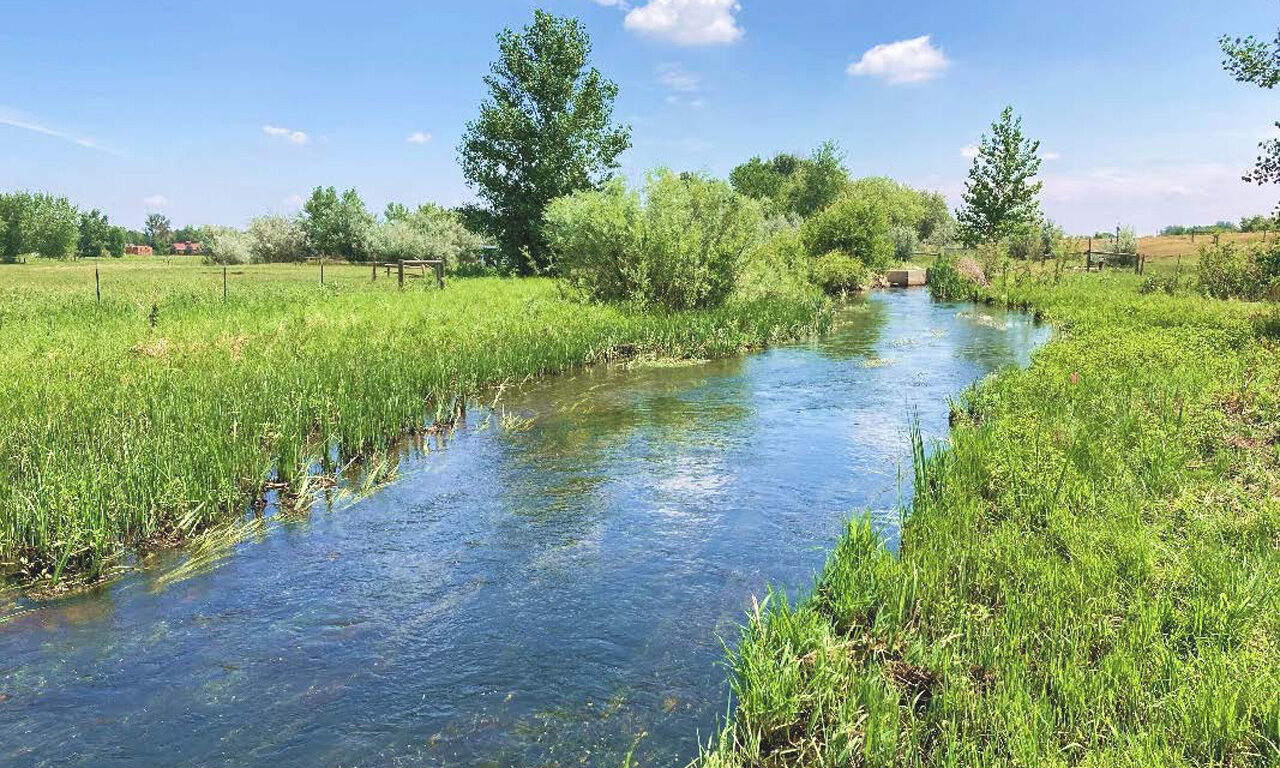Boulder County Parks & Open Space offers grants for research on county open space lands each year. All proposals are reviewed by a team of resource specialists, and awarded research projects are monitored during their activities on open space.
The following is a summary of a 2022 study conducted by Esa K. Crumb at PG Environmental. The project focused on assessing the effects of cattle grazing on riparian vegetation, groundwater, and soils and implications for carbon storage potential
Abstract
Wetland and riparian habitats are significant carbon sinks due to their high productivity and ability to efficiently sequester carbon in soils. Livestock grazing of riparian areas can affect the riparian environment by impacting vegetation biomass and composition and altering the stream characteristics and functions. In this study, we investigated the benefits of livestock exclosures on riparian condition and carbon sequestration potential. We hypothesized that riparian habitats on Boulder Parks & Open Space lands that have been isolated from livestock grazing will demonstrate increased carbon sequestration potential in both soil and vegetation biomass as compared to grazed locations, in addition to comparatively higher functioning ecological condition.
Study Objectives
- Characterize depth of saturation or groundwater as a measure of wetland hydrology at various temporal scales across the riparian zone.
- Evaluate soil characteristics, including indicators of hydric soils and soil carbon content, at various temporal scales across the riparian zone.
- Assess vegetation community composition, including dominant species by strata and total cover, and estimate carbon sequestration potential.
- Correlate active wetland indicators (hydrology, soils, vegetation) with above and below ground carbon storage estimates.
- Compare data collected at stream locations within and outside of cattle grazing exclosures.
We documented marked impacts of grazing pressure on vegetation community composition and quality, above ground biomass, wetland extents, and influences on groundwater levels and stream morphology. However, for this study we did not document clear differences in belowground carbon storage between exclosure sites and grazed sites. Our work suggests that grazing exclosures contribute significant habitat improvement benefits, but more extensive soil investigations are needed to understand the potential influence on below ground carbon sequestration potential.


